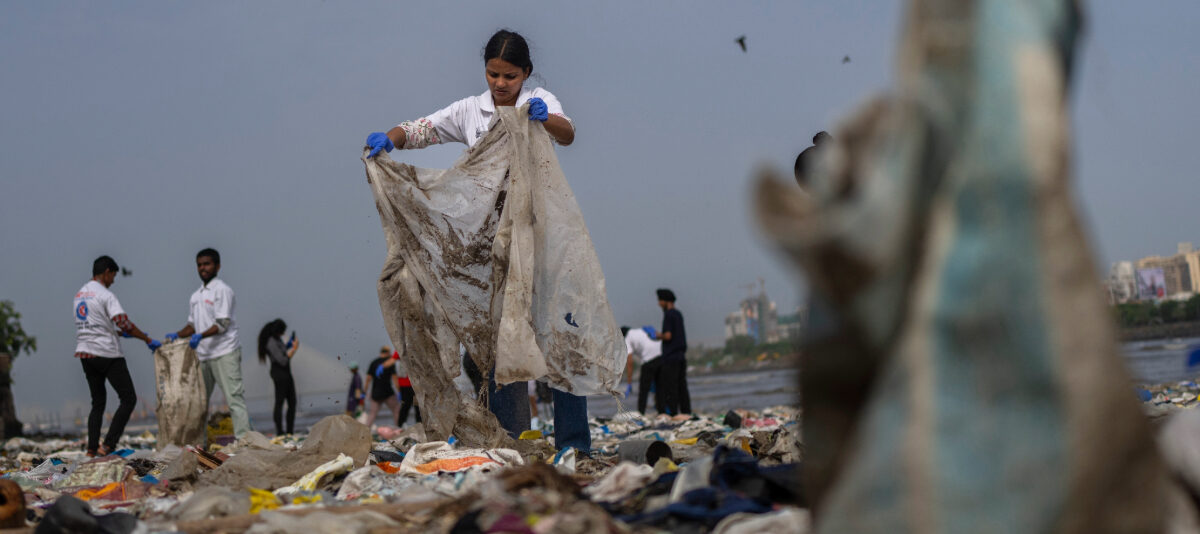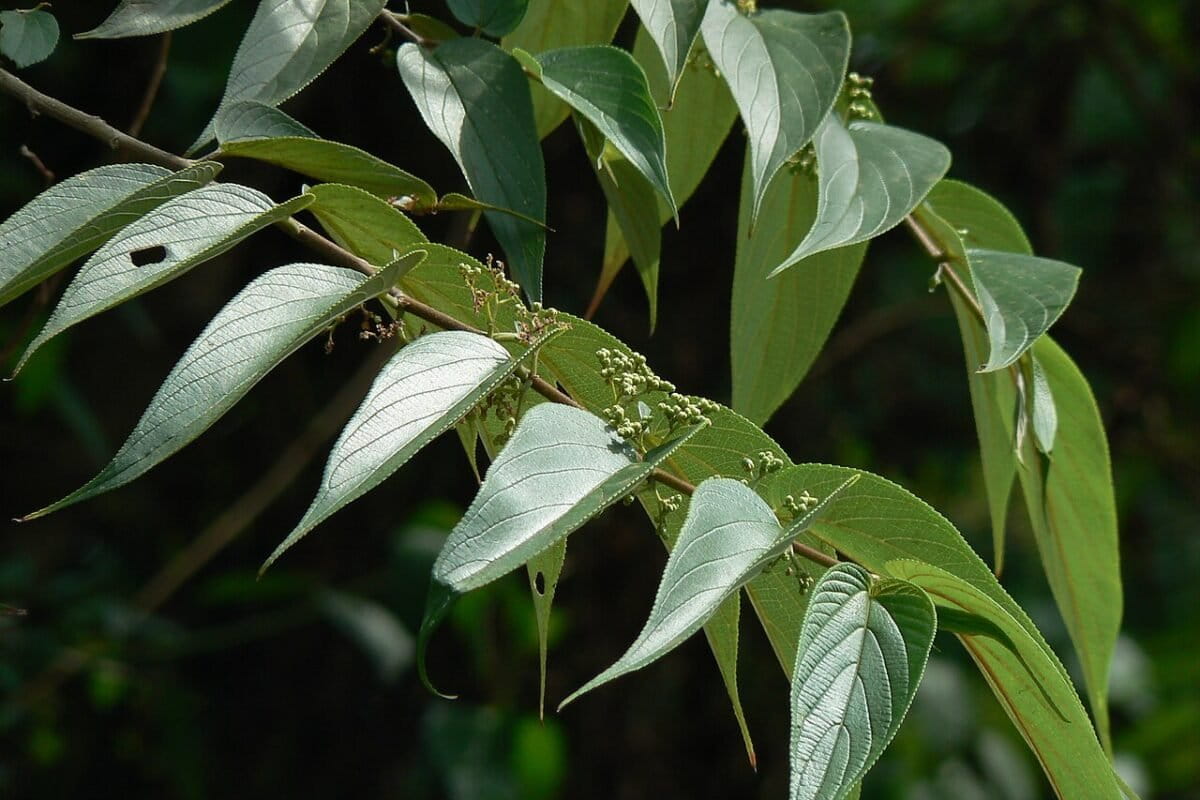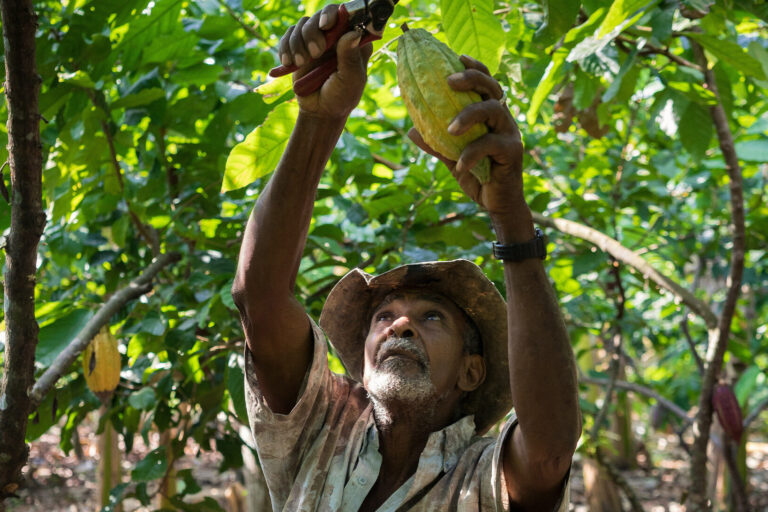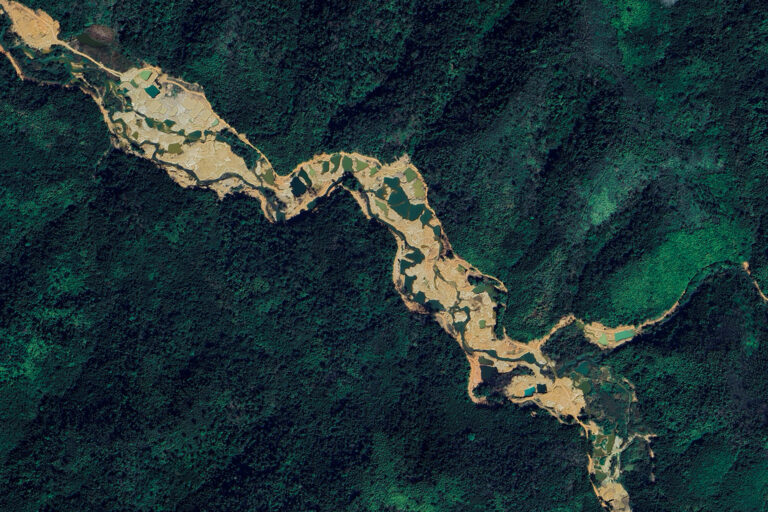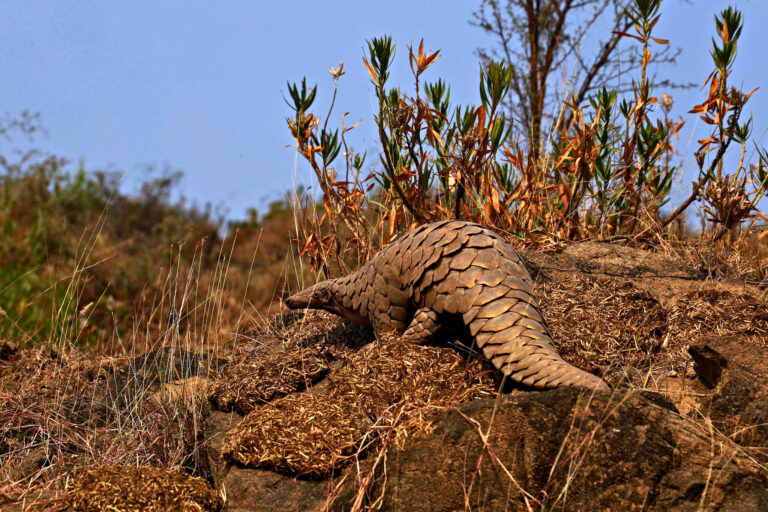Commercial wildlife farms are not alleviating pressure on wild populations as claimed by proponents, but exacerbating the problem according to a new report by the Wildlife Conservation Society (WCS) and Vietnam’s Forest Protection Department.
Such farms, which rear snakes, turtles, crocodiles, tigers, monkeys, and other—often rare—species, are meant to provide customers throughout Southeast Asia with legally produced ‘wild’ meats and other products. While proponents of wildlife farms claim they are reducing pressure on wild populations, the study’s results show the opposite: wildlife farms contribute to the depletion of wild populations and add to the illegal wildlife trade.
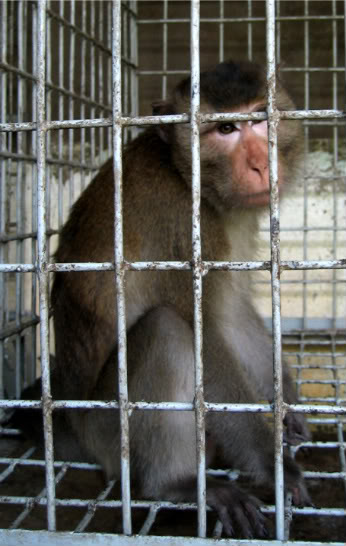 Macaque in wildlife farm. Photo courtesy of WCS. |
Researchers surveyed 78 farms in twelve Vietnamese provinces and found that 42 percent of the farms were regularly restocking species from wild populations. In addition 50 percent admitted that their species’ founder populations were either taken from the wild or were a combination of wild and farmed stock.
The researchers also found links between many of the farms and illegal wildlife trafficking, which has decimated many wildlife species in Asia. Several farm owners admitted to being involved in illegally transporting wildlife from Vietnam into China for sale.
“Instead of enhancing conservation, commercial wildlife farms actually threaten wild populations,” said Dr. Elizabeth L. Bennett, Director of WCS’s Hunting and Wildlife Trade program. “From the report’s analysis it appears the negative impacts of wildlife farms on wild populations vastly outweigh any advantages.”
Proponents of commercial wildlife farms have also argued that the farms aid local communities by lessening the impact on hunting wild populations and providing extra protein in rural areas. However, the study found that none of the meat was making it to rural poor areas; instead meat and wildlife products are consistently sold as luxury items in cities.
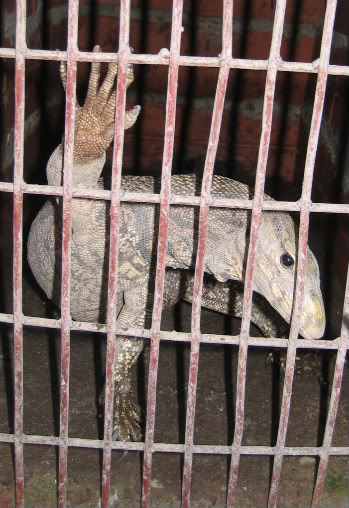 Bengel monitor in wildlife farm. Photo courtesy of WCS. |
Wildlife farming has also been accused of creating new demands on wildlife. When an animal enters a market legitimately, demand can easily outstrip any legal supply, creating even greater incentives for poaching. For example, wildlife farms in Vietnam are accused of creating new demand for Southeast Asian porcupine, which after being depleted in Vietnam is now being heavily poached in Laos and sold at $600 for a living pair (1/3 of the nation’s annual per capita income).
In order to protect Asia’s wildlife, the researchers recommend that wildlife farms should be prohibited from holding any species on the IUCN’s Red List and any species that has national protection status. During the survey of 78 Vietnamese farms, researchers found that six of the 22 captive species were considered globally endangered, while five species were listed on Appendix I of CITES (the Convention on International Trade in Endangered Species of Wild Fauna and Flora), which is meant to protect species from over-depletion by international trade.
Related articles
Will the illegal trade of the critically endangered Philippine forest turtle lead to its extinction?
(05/04/2009) Endangered Species International (ESI) conducted ongoing monitoring at markets known to sell pets and wild animals in Manila, Philippines, to monitor the status of the trade of one of the most endangered turtle in the world: the Philippine forest turtle Siebenrockiella (Panayenemys) leytensis,. The critically endangered Philippine forest turtle is endemic to the Philippines, occurring only on one major island, Palawan, and its small satellite island, Dumaran.
Illegal hunting in Laos takes toll on wildlife
(04/20/2009) Deep in the rugged mountains of Nam Et-Phou Louey National Protected Area (NEPL) on the Laos–Vietnam border, men smoke cigarettes and talk in hushed voices as they tramp through the forest. Approaching a baited trap, they hear the frantic snarls of an ensnared tiger. The tiger hangs by its front foot, suspended by a cable attached to a tree. The men shoot and make quick work of the tiger, removing its bones but leaving some of its carcass, including parts of its pelt, behind. The real money is no longer in tiger skins, but bones: the 10 to 12 kilograms of bone harvested from the adult tiger will yield $12,000-$15,000 in a region where per capita income is around $400 a year. Though the authorities are able to trace the weapon shells back to their village and locals know of the hunters’ haul, two years later the evidence has not been enough to hold the men accountable for their crimes.
Wildlife trade creating “empty forest syndrome” across the globe
(01/19/2009) For many endangered species it is not the lack of suitable habitat that has imperiled them, but hunting. In a talk at a Smithsonian Symposium on tropical forests, Elizabeth Bennett of the Wildlife Conservation Society (WCS) outlined the perils for many species of the booming and illegal wildlife trade. She described pristine forests, which although providing perfect habitat for species, stood empty and quiet, drained by hunting for bushmeat, traditional medicine, the pet trade, and trophies.



